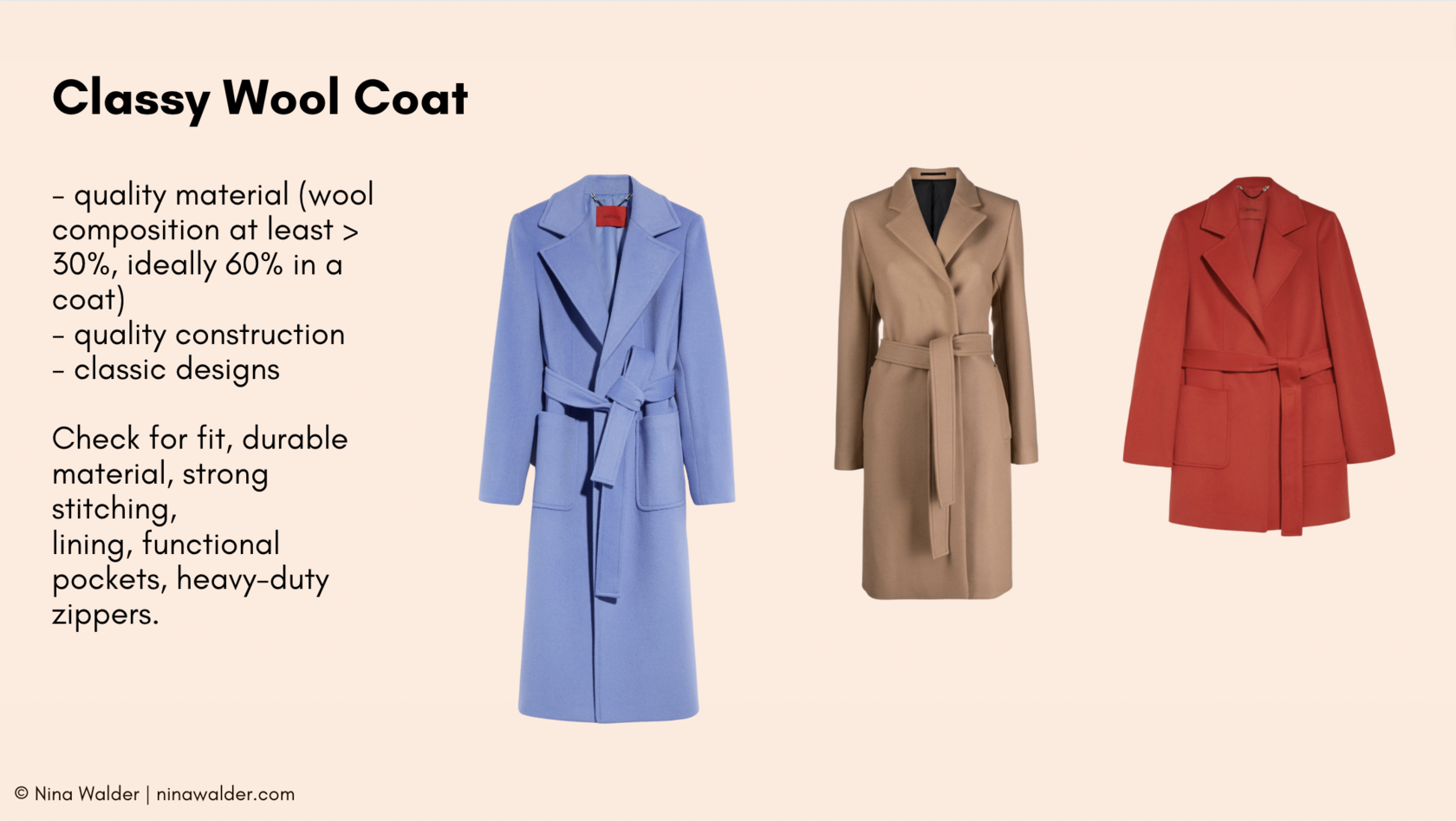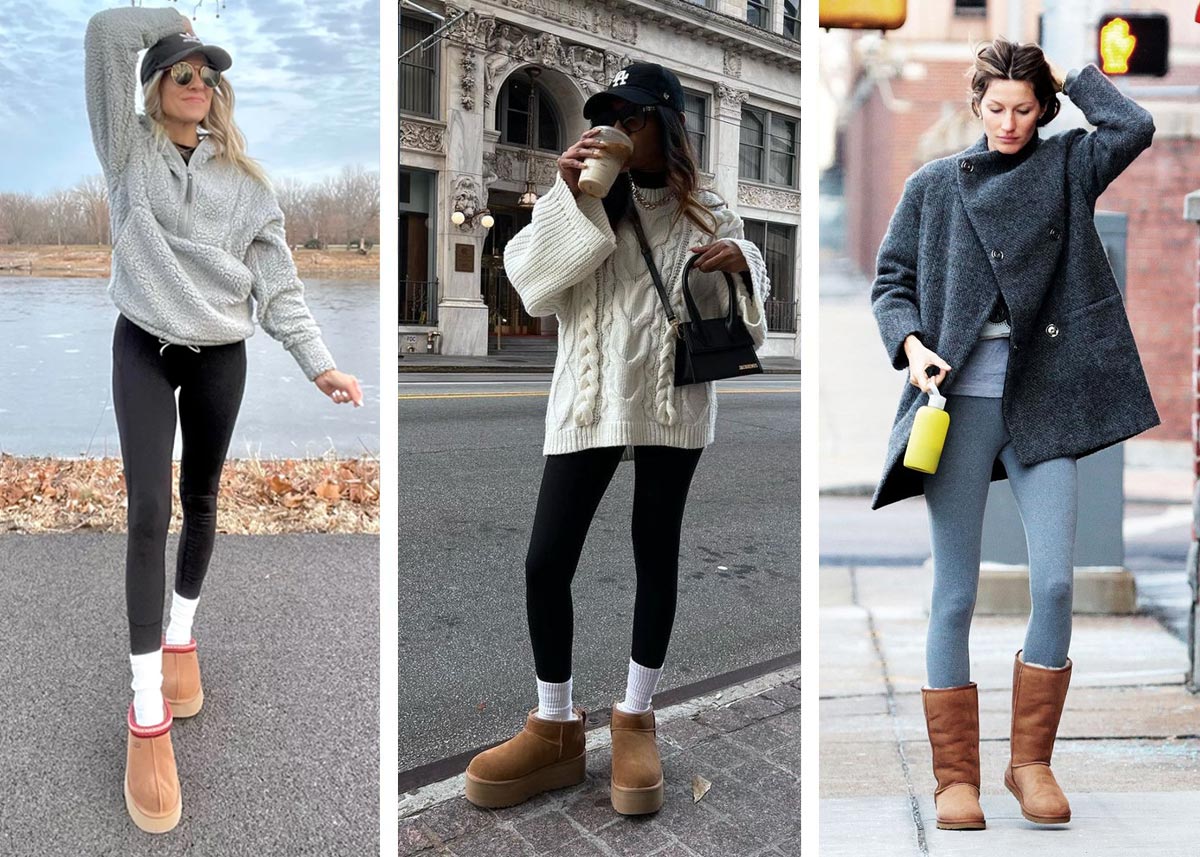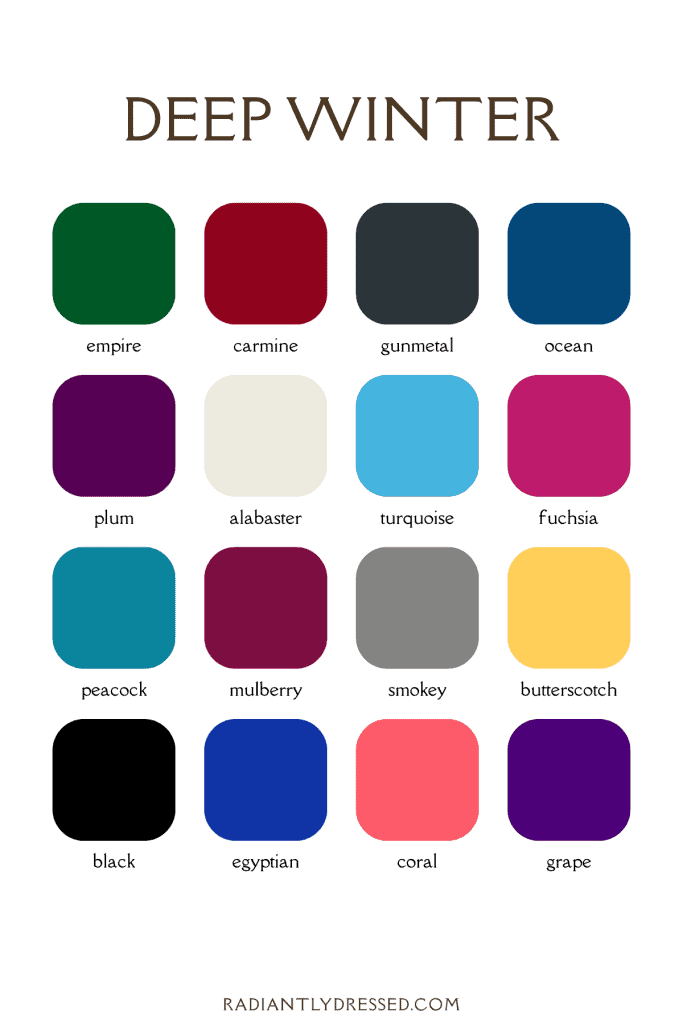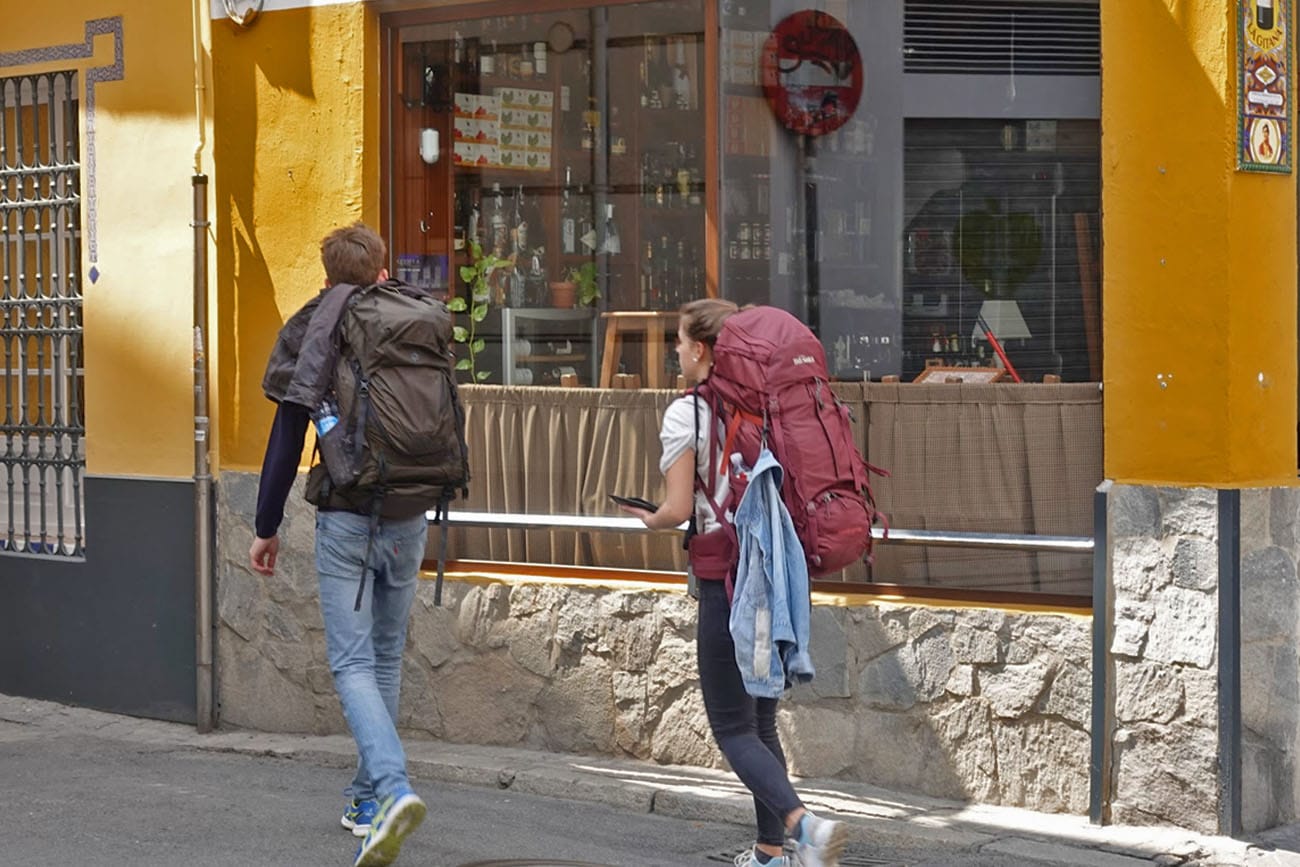
METADESCRIPTION::Master your winter wardrobe with our essential ideas! Learn how to layer, find stylish pieces, and stay warm from head to toe. Get ready for colder days with smart fashion trends.::ENDMETA_DESCRIPTION
As the days grow shorter and a crisp chill fills the air, many of us face the same annual wardrobe dilemma: how do you stay genuinely warm without sacrificing your personal style? I’ve spent countless winters navigating icy sidewalks and enjoying cozy evenings, learning firsthand that building a practical, stylish winter wardrobe is less about endless shopping and more about smart choices. It’s about understanding materials, mastering layering techniques, and investing in pieces that truly work hard for you. Forget bulky, unflattering outfits; this guide is all about embracing the season with confidence, comfort, and a touch of flair.
This winter, let’s transform that dread into excitement. We’ll explore essential winter wardrobe ideas that marry warmth with the latest fashion trends, ensuring you’re prepared for everything from a snowy adventure to a festive gathering. My goal is to share actionable insights and trusted advice, so you can build a collection of cold-weather clothing that feels authentically you and keeps you snug no matter how low the temperature drops.
Key Takeaways
- Master effective layering using thermal base layers, mid-layers, and quality outerwear for maximum warmth without bulk.
- Invest in versatile, durable outerwear like a down puffer jacket or a high-quality wool coat that stands up to harsh winters.
- Prioritize waterproof winter boots that offer both warmth and traction, ensuring comfort and safety in snowy conditions.
- Don’t underestimate the power of cold-weather accessories like cashmere scarves, warm hats, and gloves for both style and insulation.
The Art of Layering: Your Secret Weapon Against the Cold

Image credit: www.newyorker.com
Layering isn’t just about putting on multiple sweaters; it’s a strategic approach to warmth that allows you to adapt to changing temperatures throughout the day. From my experience living in climates where winter means serious cold, mastering layering techniques is the single most important skill for staying comfortable. The key is to think in three distinct layers: base, middle, and outer.
Your base layer should be breathable and moisture-wicking, designed to keep sweat away from your skin, which is crucial for staying warm. My go-to choices are always quality thermal base layers made from Merino wool or synthetic blends. Merino wool is exceptional because it regulates body temperature, provides warmth even when damp, and resists odor, making it perfect for multi-day wear, especially during cold weather travel. Synthetics are great for high-intensity activities as they dry very quickly.
The middle layer provides insulation. This is where you bring in items like cozy flannel shirts, soft cashmere scarves, and versatile turtleneck jumpers. Fleece-lined leggings are fantastic under pants for added warmth without bulk. When choosing mid-layers, consider materials like wool, fleece, or down-filled vests. These trap air, creating an insulating barrier. I often opt for a thin, packable fleece or a classic wool cardigan that can be easily added or removed depending on whether I’m indoors or outdoors.
Finally, the outer layer protects you from the elements – wind, snow, and rain. This is your ultimate shield. We’ll dive deeper into essential outerwear investments next, but for now, remember that your outer layer needs to be weather-resistant and robust to complete your layering system effectively.
Essential Outerwear Investments: Your First Line of Defense

Image credit: ninawalder.com
When it comes to building your ideal winter wardrobe, your choice of outerwear is paramount. It’s not just about aesthetics; it’s about making a smart investment in your comfort and protection against harsh winters. I’ve learned that spending a little more on a high-quality coat pays dividends in warmth, durability, and style.
- The Down Puffer Jacket: A non-negotiable for truly frigid temperatures. Look for a down puffer jacket with a high fill power (600-800) for superior warmth-to-weight ratio. Many modern puffers are designed to be sleek and stylish, moving beyond purely utilitarian looks. A waterproof or water-resistant exterior is a huge bonus for snowy or damp conditions. From personal experience, a good puffer can make all the difference when waiting for public transport on a sub-zero morning.
- The Wool Coat: For a more refined and classic look, a well-structured wool coat is indispensable. Opt for a blend with at least 60-80% wool for good insulation. Longer styles offer more coverage and warmth. A classic camel, charcoal, or navy wool coat can elevate any “smart casual winter dress code ideas” and effortlessly transition from work to evening events. This is one of those pieces that instantly makes any practical winter outfits for everyday wear look more polished.
- The Parka: Often featuring a waterproof outer shell and a warm, insulated lining (sometimes with a faux fur hood), parkas are excellent for extreme cold weather. They offer extended coverage, often to the thighs or knees, providing comprehensive protection against wind and snow.
- The Waterproof Shell: If you live in an area with milder but very wet winters, a high-quality waterproof and windproof shell worn over insulating layers can be more versatile than a heavy, insulated coat. Look for Gore-Tex or similar proprietary technologies for reliable protection.
When choosing any of these, consider features like adjustable hoods, zippered pockets, and storm cuffs – small details that make a big difference in comfort when facing the elements.
Foundational Pieces for Winter Comfort: Sweaters, Shirts, and Leggings

Image credit: www.mychicobsession.com
Beyond your outerwear and base layers, certain foundational pieces form the backbone of your winter wardrobe, offering both warmth and versatility. These are the items you’ll reach for again and again.
- Merino Wool Sweaters: These are a true winter hero. As mentioned before, Merino wool sweaters are incredibly soft, warm, breathable, and surprisingly lightweight. They come in various weights and styles, from fine-gauge crewnecks perfect for layering under blazers to chunky cable knits for a relaxed, cozy feel. I’ve found investing in a couple of good quality Merino wool sweaters drastically improves my winter comfort.
- Turtleneck Jumpers: A classic for a reason, turtleneck jumpers provide excellent neck warmth and add a sophisticated touch to any outfit. They work beautifully as a standalone top or layered under a vest, blazer, or even another sweater for extra coziness. Black, cream, and deep jewel tones are timeless choices.
- Flannel Shirts: For a more casual, rugged, yet undeniably warm option, flannel shirts are unbeatable. They’re soft, breathable, and come in a vast array of patterns and colors. Layer them over a thermal tee or wear them open over a thin knit for a relaxed weekend look. They’re excellent for creating practical winter outfits for everyday wear.
- Fleece-Lined Leggings and Pants: For those extra chilly days, fleece-lined leggings are a game-changer. They offer an incredible amount of warmth without adding much bulk, making them ideal for wearing under skirts, dresses, or even loose-fitting trousers. You can also find fleece-lined jeans or trousers designed specifically for cold weather, combining style with serious warmth.
When selecting these foundational pieces, prioritize natural fibers like wool, cashmere, and cotton (for flannels) for their breathability and insulating properties. Synthetics can also be excellent, especially for technical performance wear.
Warm and Fashionable Footwear: Stepping Out in Style (and Warmth!)

Image credit: www.uggs.com.au
Nothing ruins a winter day faster than cold, wet feet. Selecting the right footwear is absolutely essential for staying comfortable and healthy. The good news is that “warm and fashionable winter boots for snow” are no longer mutually exclusive.
- Waterproof Winter Boots: This is where you absolutely cannot compromise. Look for boots that are genuinely waterproof, not just water-resistant. Materials like treated leather, rubber, or waterproof synthetic uppers are crucial. Brands often use technologies like Gore-Tex to ensure dryness. Key features include good insulation (Thinsulate is a common choice), a robust, grippy sole for traction on ice and snow, and comfortable arch support. My personal recommendation is to try them on with thick winter socks to ensure a good fit.
- Insulated Ankle Boots: For less extreme cold or for transitioning between indoor and outdoor activities, insulated ankle boots are a stylish choice. They pair well with jeans, skirts, and dresses, offering more warmth than regular fashion boots without the bulk of heavy snow boots. Look for genuine leather or suede with a warm lining.
- Stylish Snow Boots: Many brands now offer snow boots that combine rugged functionality with attractive designs. Think sleek profiles, interesting textures, and subtle details. You don’t have to look like you’re heading to the Arctic expedition just to keep your feet warm in the snow.
- Warm Socks: Don’t overlook the power of good socks! Wool (especially Merino) and cashmere socks provide exceptional warmth and breathability. Avoid cotton socks in very cold weather, as they absorb moisture and can leave your feet feeling colder.
When considering “what to wear in extreme cold weather,” your feet are often the first to feel the chill. Investing in quality footwear is a priority, and it’s one area where I recommend prioritizing function alongside form.
Cold-Weather Accessories That Make a Difference: Beyond Just Warmth
:max_bytes(150000):strip_icc()/GettyImages-2117544782-a48b916b48854f3a8e459745b34fbf4e.jpg)
Image credit: www.instyle.com
Cold-weather accessories are more than just practical necessities; they are the finishing touches that can elevate your winter fashion trends and provide crucial warmth where you lose it most – your head, hands, and neck. These are truly the “must-have winter accessories.”
- Cashmere Scarves: A cashmere scarf is a luxurious yet highly practical item. Cashmere is incredibly soft, lightweight, and provides exceptional warmth without bulk. A generously sized cashmere scarf can be styled in multiple ways – wrapped tightly for maximum warmth, draped loosely for elegance, or even used as a makeshift shawl indoors. They instantly add a touch of sophistication to any outfit.
- Warm Hats: Whether you prefer a classic wool beanie, a stylish felt hat, or an earflap hat for ultimate protection, covering your head is vital. A significant amount of body heat can be lost through the head, so a good hat is your first line of defense against the cold. Look for options with a fleece lining for extra comfort and warmth against your skin.
- Gloves or Mittens: Keeping your hands warm is essential for comfort and dexterity. Leather gloves lined with cashmere or fleece are excellent for everyday wear, offering both warmth and a polished look. For more extreme cold or prolonged outdoor activity, insulated, waterproof ski gloves or mittens are a better choice. Mittens are generally warmer than gloves because your fingers share body heat.
- Neck Gaiters: For those who find scarves cumbersome, a neck gaiter (often made from fleece or Merino wool) provides excellent neck and lower face protection without the bulk or dangling ends of a traditional scarf. They’re particularly useful for active pursuits or for a streamlined look.
These accessories allow you to express your individual style while ensuring you stay snug. They’re also an easy way to incorporate seasonal color palette elements and experiment with current fashion trends without overhauling your entire wardrobe.
Embracing the Seasonal Color Palette: Styling Your Winter Hues

Image credit: radiantlydressed.com
While neutrals form the backbone of a versatile winter wardrobe, embracing the seasonal color palette can add vibrancy and personality to your outfits. Winter fashion trends often lean towards rich, deep, and sometimes unexpected hues that complement the cooler light of the season.
- Deep Jewel Tones: Think emerald green, sapphire blue, ruby red, and amethyst purple. These colors are universally flattering and add a luxurious feel to sweaters, scarves, or even a statement coat.
- Earthy Neutrals: Beyond black, grey, and navy, consider incorporating shades of camel, olive green, chocolate brown, and deep burgundy. These colors are sophisticated, easy to mix and match, and provide a softer alternative to stark black.
- Muted Pastels: Don’t shy away from lighter shades. Dusty rose, soft sky blue, or creamy ivory can offer a beautiful contrast to darker winter fabrics and brighten up your look, especially in accessories or a cozy sweater.
- Pops of Brightness: A splash of a vibrant color – perhaps a mustard yellow beanie, an orange scarf, or a pair of bright gloves – can break up an otherwise monochromatic outfit and add a playful element.
When building your winter wardrobe ideas, consider how these colors interact. A deep burgundy Merino wool sweater paired with a camel wool coat, or an emerald green scarf against a charcoal down puffer jacket, can create visually interesting and cohesive looks. Don’t be afraid to experiment with color to express your personal style!
Smart Casual and Everyday Winter Outfits: Dressing for Every Occasion

Image credit: foreverdolledup.net
Creating smart casual winter dress code ideas and practical winter outfits for everyday wear doesn’t have to be a struggle. The goal is comfort, warmth, and an appropriate level of polish. Here are some outfit formulas I rely on:
- The Go-To Everyday Look:
- Bottom: Dark wash jeans or fleece-lined leggings.
- Top: A thermal base layer, topped with a flannel shirt or a Merino wool sweater.
- Outerwear: A down puffer jacket or a cozy wool coat.
- Footwear: Waterproof winter boots or insulated ankle boots.
- Accessories: A warm beanie and gloves. This combination is my personal benchmark for staying warm and comfortable while running errands or meeting friends for a casual coffee.
- Smart Casual for Work or Dinner:
- Bottom: Tailored wool trousers, dark-wash smart jeans, or a midi-length wool skirt.
- Top: A fine-gauge turtleneck jumper or a cashmere sweater, potentially layered under a blazer or a tailored vest.
- Outerwear: A sophisticated wool coat.
- Footwear: Sleek, insulated ankle boots with a small heel or polished leather boots.
- Accessories: A stylish cashmere scarf and leather gloves.
- Layered Dressy Casual:
- Bottom: Warm tights (or fleece-lined leggings underneath) with a wool or knit midi dress.
- Top: A delicate thermal base layer under the dress if needed, or a fitted long-sleeve top.
- Outerwear: A long wool coat or a sophisticated, long down puffer jacket.
- Footwear: Knee-high or over-the-knee boots with a comfortable heel, insulated.
- Accessories: A statement scarf and elegant gloves.
Remember, the key to great winter style lies in the interplay of textures – think chunky knits with smooth leather, and fuzzy fleece with crisp wool. These combinations add depth and interest to your winter fashion trends, making your outfits look more put-together.
Packing for Cold Weather Travel: The Savvy Traveler’s List

Image credit: thesavvybackpacker.com
Packing for cold weather travel requires strategic thinking to maximize warmth while minimizing luggage bulk. As someone who’s packed for everything from European Christmas markets to snowy mountain retreats, I can tell you that a well-curated cold weather travel packing list is invaluable.
Here’s my approach to packing smart for chilly destinations:
- The Layering Principle is Paramount: Pack items that can be layered effectively. This means multiple base layers (Merino wool is ideal for its odor resistance, allowing you to wear items more than once), versatile mid-layers like thin fleece jackets or cardigans, and only one or two substantial outer layers.
- Multi-Functional Pieces: Choose items that can serve multiple purposes. A large cashmere scarf can be a neck warmer, a head covering, or even a mini-blanket on a cold plane. A neutral-colored turtleneck can go from casual sightseeing to a nicer dinner with the right accessories.
- Prioritize Outerwear and Footwear: Your heaviest items are your coat and boots. Wear your warmest winter coat and waterproof winter boots on the plane to save space and weight in your luggage. Pack one lighter, more packable jacket if you need options.
- Vacuum Seal Bags (Use with Caution): For bulky items like down puffer jackets or fleece-lined leggings, vacuum seal bags can dramatically reduce volume. However, remember that the item will expand once opened, so ensure you have space for it on the return journey. From my experience, rolling clothes tightly and using packing cubes is often sufficient for most winter items without the hassle of vacuum bags.
- Essential Accessories: Hats, gloves, and scarves are small but mighty. Pack a couple of options to vary your look without adding much bulk. Don’t forget thick wool or thermal socks!
- Consider Destination-Specific Needs: Are you going skiing? You’ll need specific gear. City sightseeing? Comfortable, grippy walking boots are a must. Tailor your packing list to your activities.
By focusing on layers, versatility, and wearing your bulkiest items, your cold weather travel packing list becomes manageable, allowing you to enjoy your trip without feeling weighed down. For more insights on choosing durable travel gear, you might find information on responsible material sourcing helpful from sites like the Textile World magazine, which discusses innovations in fabric technology for performance and sustainability.
Frequently Asked Questions

Image credit: www.helloagainkw.com
Q1: What are the absolute must-have winter wardrobe ideas for someone on a budget?
A1: Start with high-quality thermal base layers, one versatile, warm winter coat (a down puffer jacket is often the best value for warmth), a couple of Merino wool sweaters or fleece jumpers, and reliable waterproof winter boots. These core pieces will provide the most warmth and allow for versatile layering.
Q2: How can I make my winter outfits more stylish without sacrificing warmth?
A2: Focus on integrating your cold-weather accessories strategically. A stylish cashmere scarf, a well-fitting hat, and fashionable gloves can elevate any look. Pay attention to textures (chunky knits, smooth leather) and the seasonal color palette. Also, ensure your outerwear is well-fitted and not overly bulky.
Q3: What materials are best for staying warm in extreme cold weather?
A3: For extreme cold, prioritize natural fibers like Merino wool and cashmere for base and mid-layers due to their excellent insulation and breathability. For outerwear, look for down (with a high fill power) or advanced synthetic insulations like Primaloft, coupled with waterproof and windproof outer shells. Layering these materials is key. The National Weather Service offers great resources on dressing for cold weather, emphasizing appropriate materials.
Q4: Can I still wear dresses and skirts in winter? If so, how?
A4: Absolutely! The secret is layering. Wear fleece-lined leggings or thick thermal tights under your dresses and skirts. Opt for wool, knit, or heavier fabric dresses. Pair them with knee-high or over-the-knee insulated boots, and finish the look with a warm wool coat and a cozy scarf. A turtleneck jumper under a sleeveless dress can also add significant warmth.
Q5: How do I incorporate current fashion trends into my winter wardrobe without buying a whole new closet?
A5: Focus on accessories and a few key pieces. Update your seasonal color palette with new scarves, hats, or gloves in trendy shades. Consider one or two new foundational pieces, like an oversized Merino wool sweater or a stylish pair of insulated ankle boots that reflect current fashion trends. Small updates can make a big impact without breaking the bank.





Leave a Reply